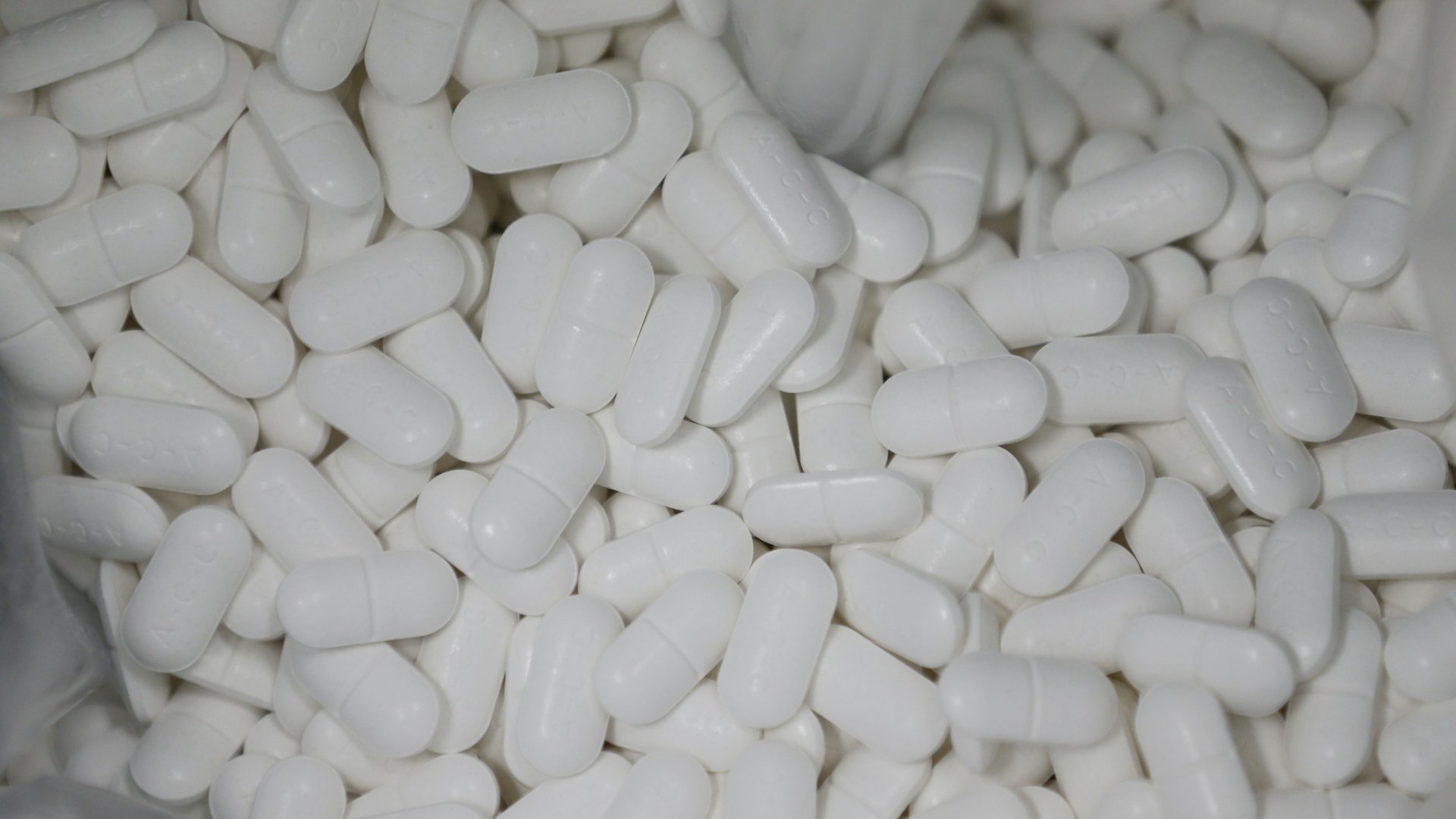The US is approving more generic drugs than ever
By the end of the 2017 fiscal year in September, the US Food and Drug Administration had approved 763 new generic versions of drugs—112 more than it had in 2016, almost twice as many as in 2014.


By the end of the 2017 fiscal year in September, the US Food and Drug Administration had approved 763 new generic versions of drugs—112 more than it had in 2016, almost twice as many as in 2014.
This record push is part of an effort to lower prescription drug costs. Generic drugs, which work the same way as previously patented pharmaceuticals, are less expensive than name-brand drugs. And although the FDA has no control of how much pharmaceutical companies can charge for their drugs, more generic drugs on the market theoretically drives market prices down by adding in more competition.
The process for approving a generic drug is typically faster than it is for new medications. Instead of submitting a new drug application to the FDA, companies can submit an abbreviated version of the form, called an ANDA. Unlike for new compounds, ANDAs don’t have to show any work in cell or animal models. Instead, all they have to prove is that they work just as well as brand-name drugs already on the market. This is usually done by giving the generics to healthy patients and checking for levels of the specific compound in their blood.
Drug patents can last for up to 20 years, but companies don’t need to wait for this period to end to submit an ANDA. As long as they can demonstrate that their generic product works comparably and has the same active ingredients, they can submit an ANDA within the same calendar year the brand-name drug hit the market.
FDA head Scott Gottlieb, who was appointed in May of this year, has made lowering drug costs a top priority. The agency has hired almost 1,000 new employees since 2012, an effort made possible by the first Generic Drug User Fee Amendment put in place in 2012 under former commissioner Robert Cardiff and renewed by Gottlieb in October. Companies are taking note: according to the Regulatory Affairs Professional Society, a professional group for drug regulatory affairs personnel, the FDA received over 1,200 new ANDAs in 2017, over 400 more than the year before.
Gottlieb also announced in October future plans to make it easier to approve “complex” drugs. This category includes medications which have a special applicator in addition to the active ingredient, like inhalers and EpiPens (the price of which caused major public outrage last year), and medications that have ingredients that are extremely difficult-to-replicate, like bits of proteins called peptides. Because there are multiple aspects of these drugs that make them harder to reproduce, they don’t face a lot of competition.
Gottlieb said the FDA also intends to provide additional resources to companies trying to submit ANDAs—such as tips for when they should apply and what kind of lab evidence they’ll need to demonstrate that their product is just as good as what’s on the market already. In theory, this will speed up the approval process for these new generic drugs.
“Drug access is a matter of public health concern,” Gottlieb told Reuters earlier this month. “We know that enabling more generic competition, where Congress intended, helps reduce prices, enable more access, and improve public health.” Gottlieb is an appointee of president Donald Trump, who had criticized drug costs in the past.
This is the first time the FDA has intervened to mitigate prices in pharmaceutical market; historically, their focus has been on drug safety.